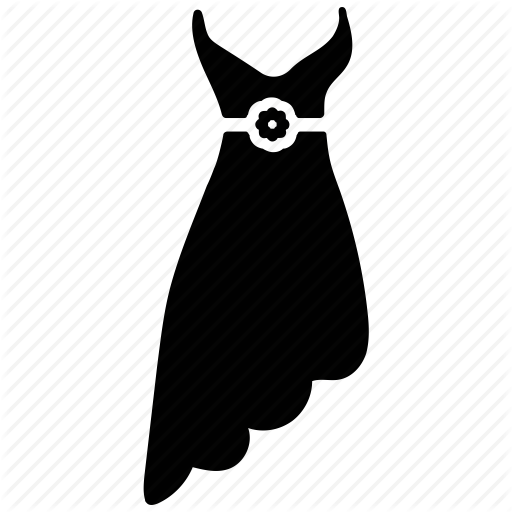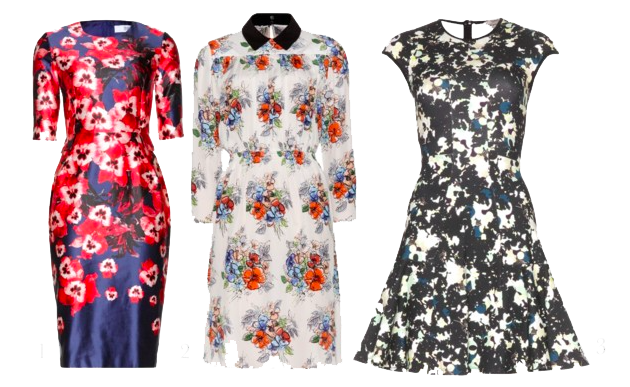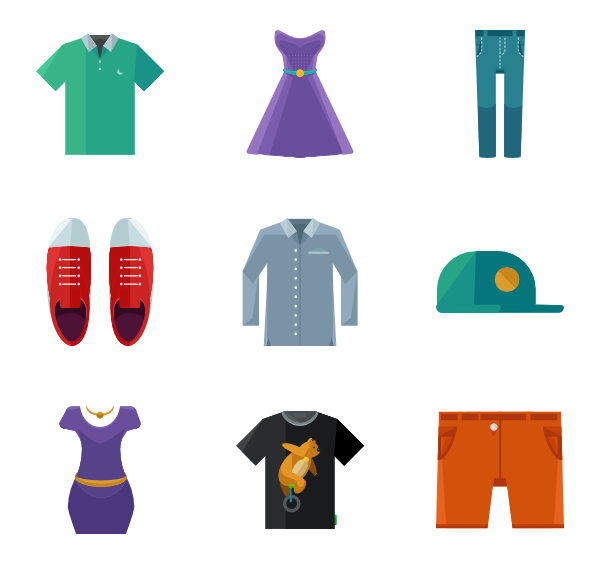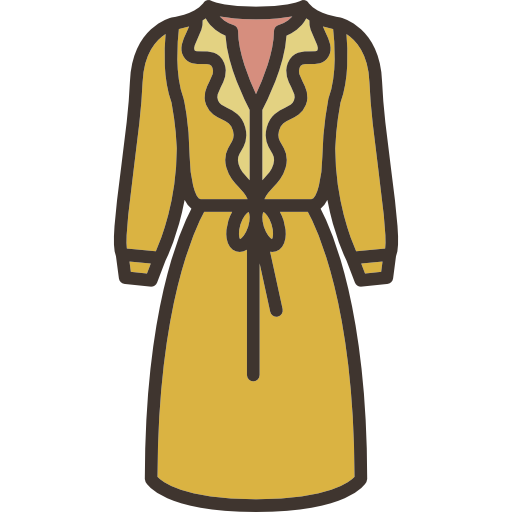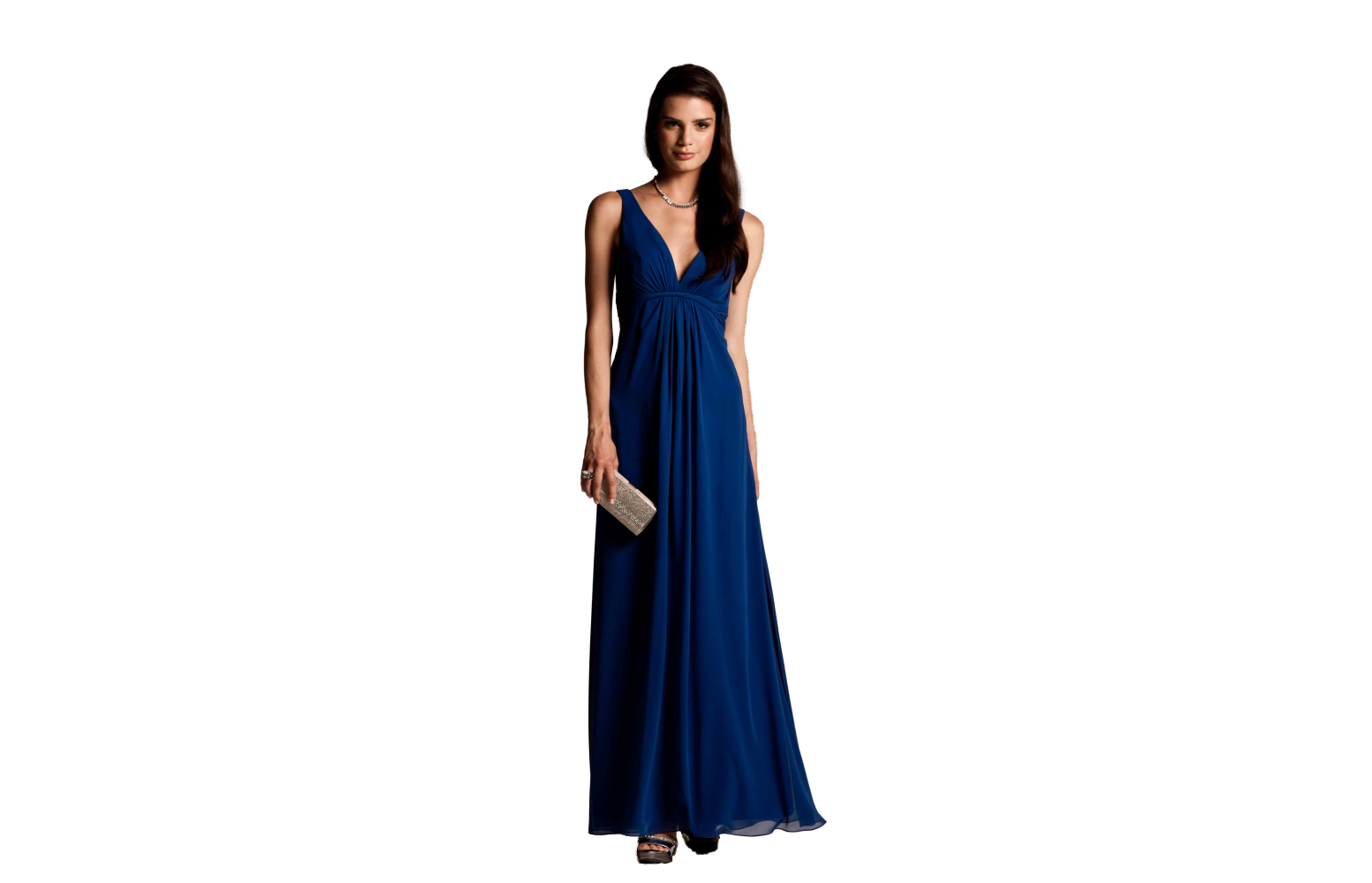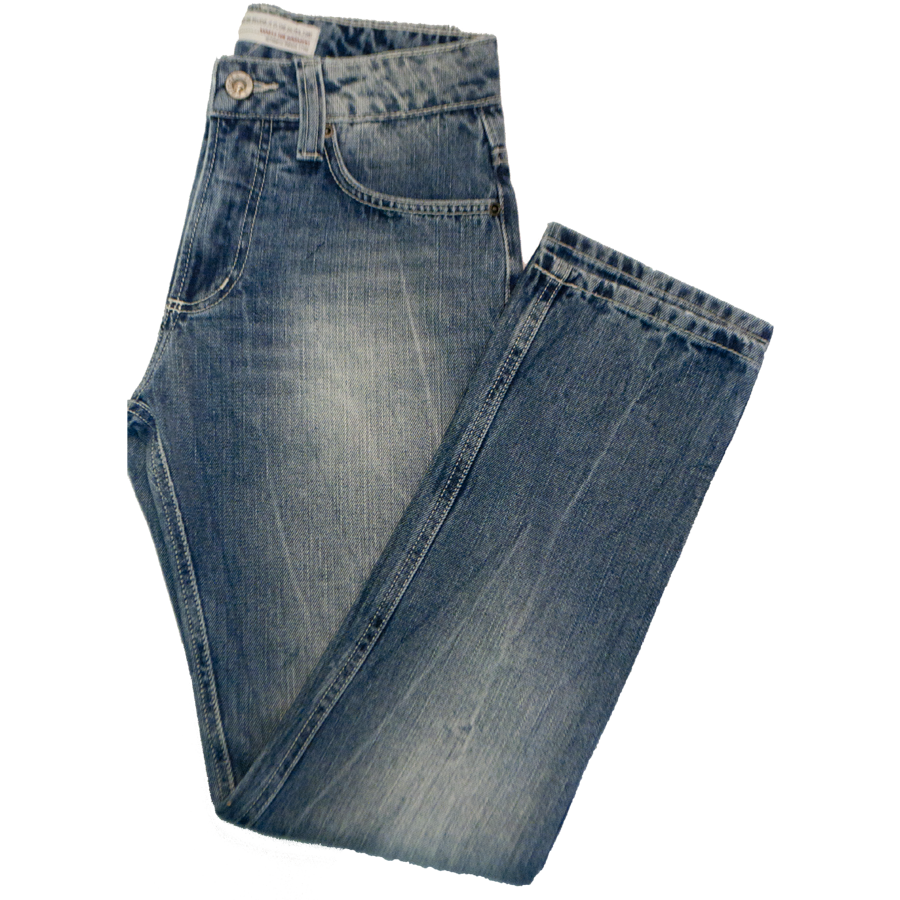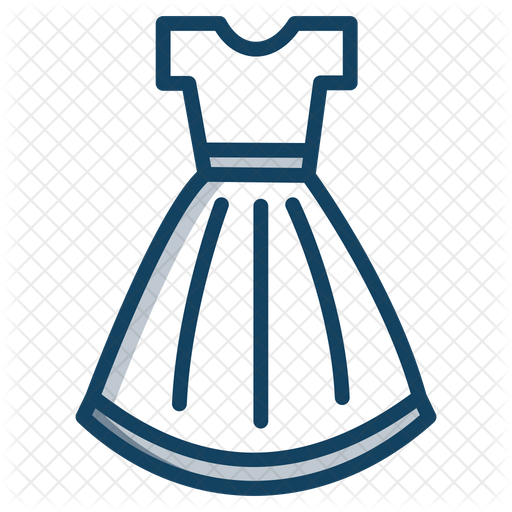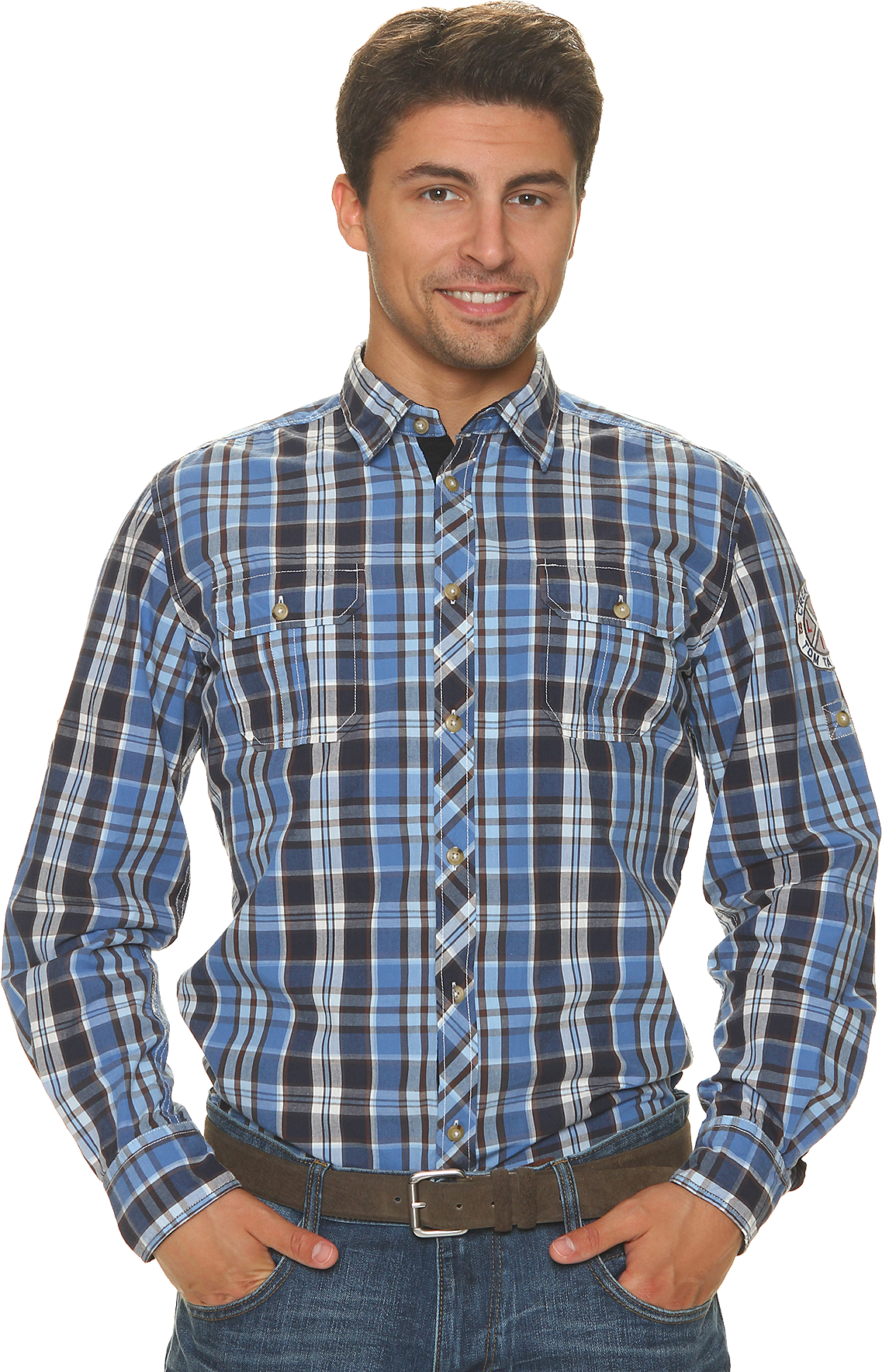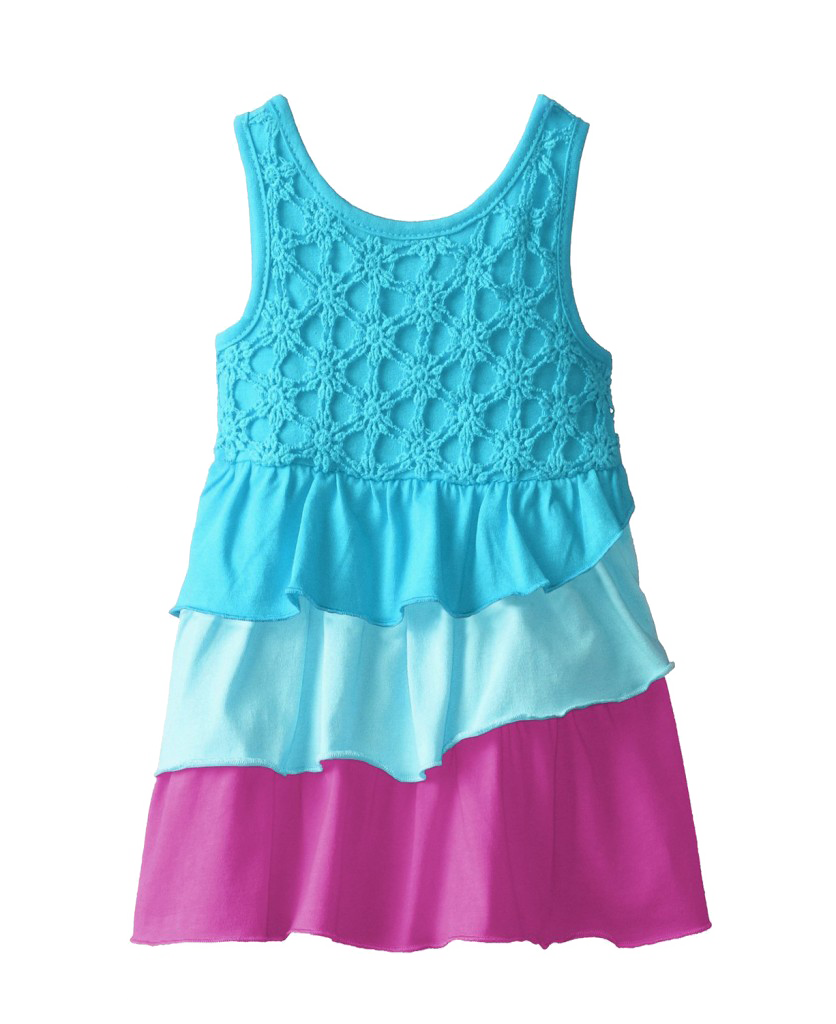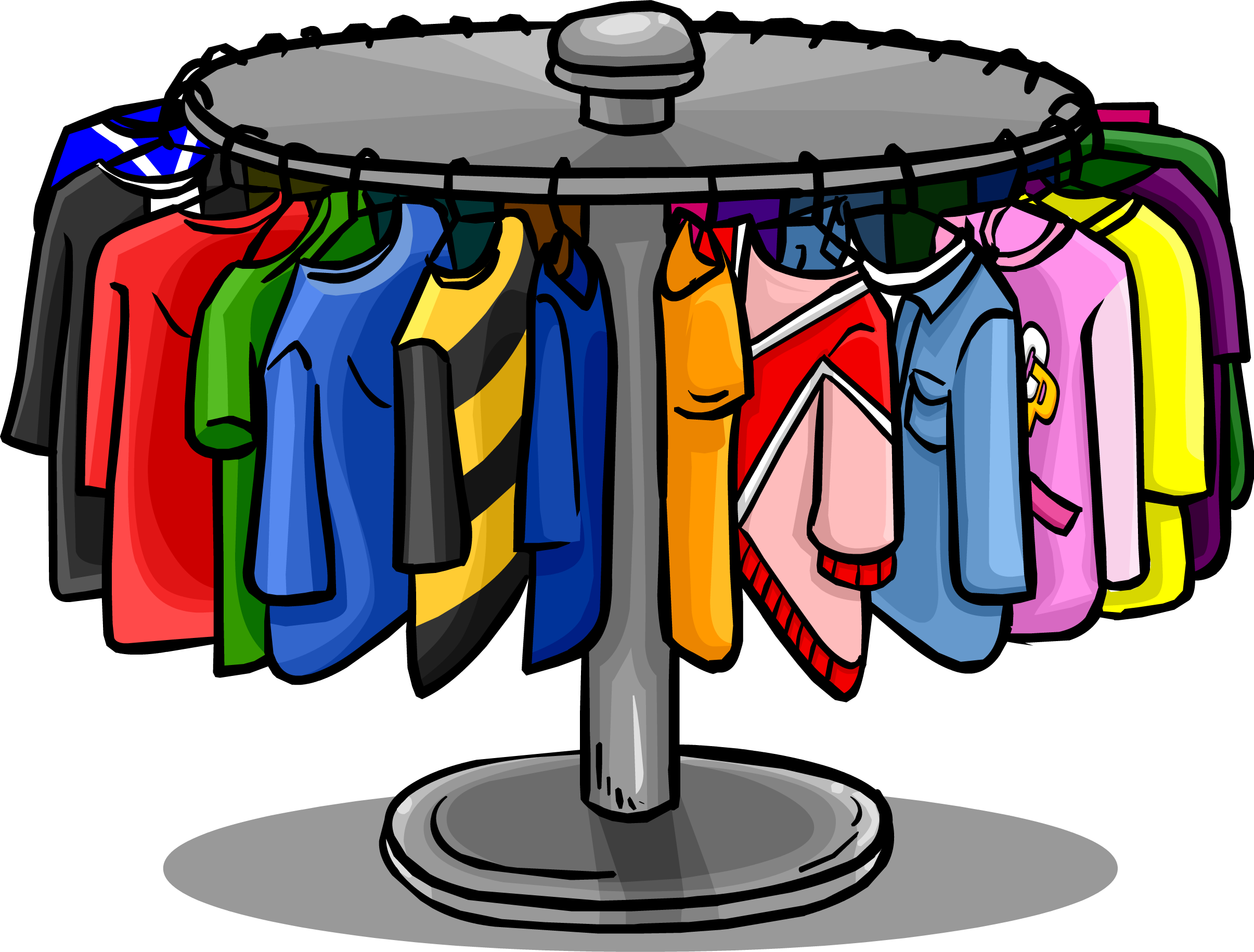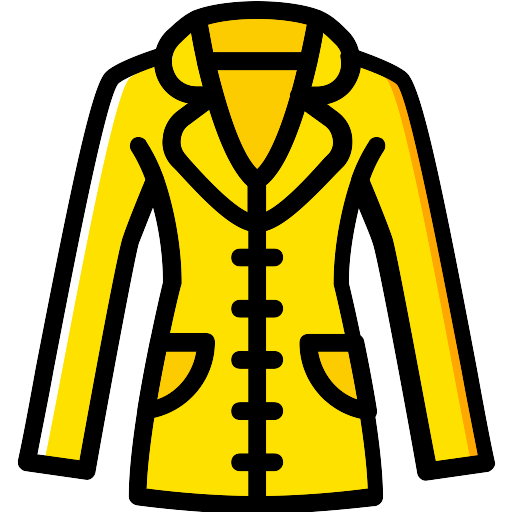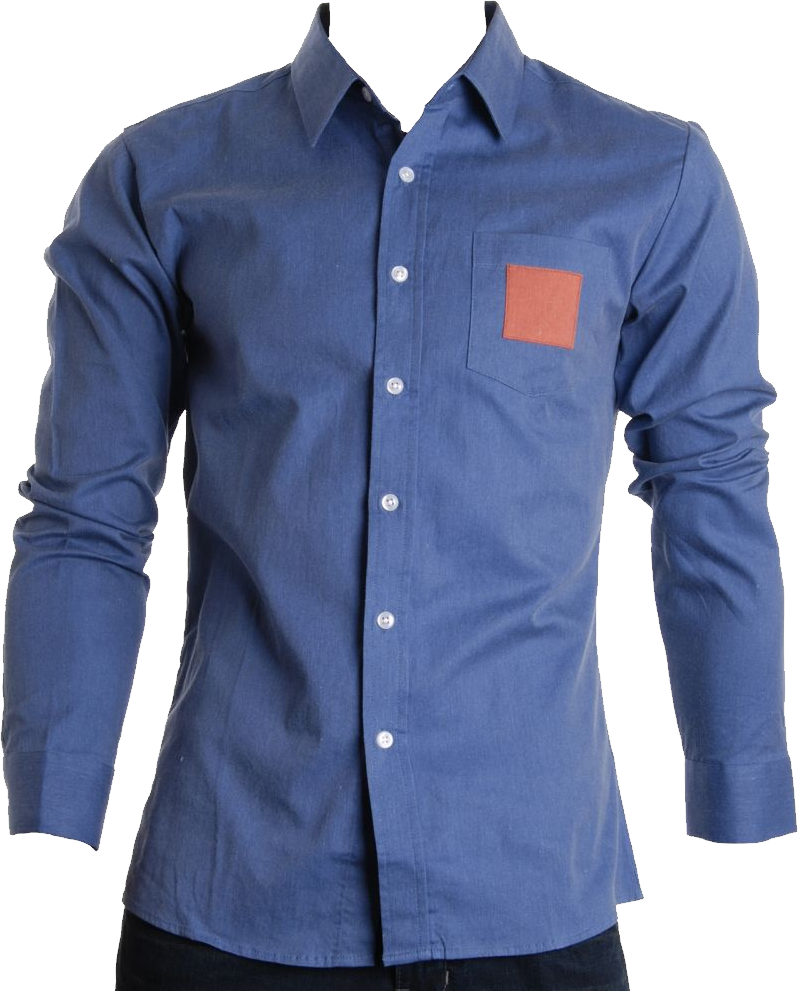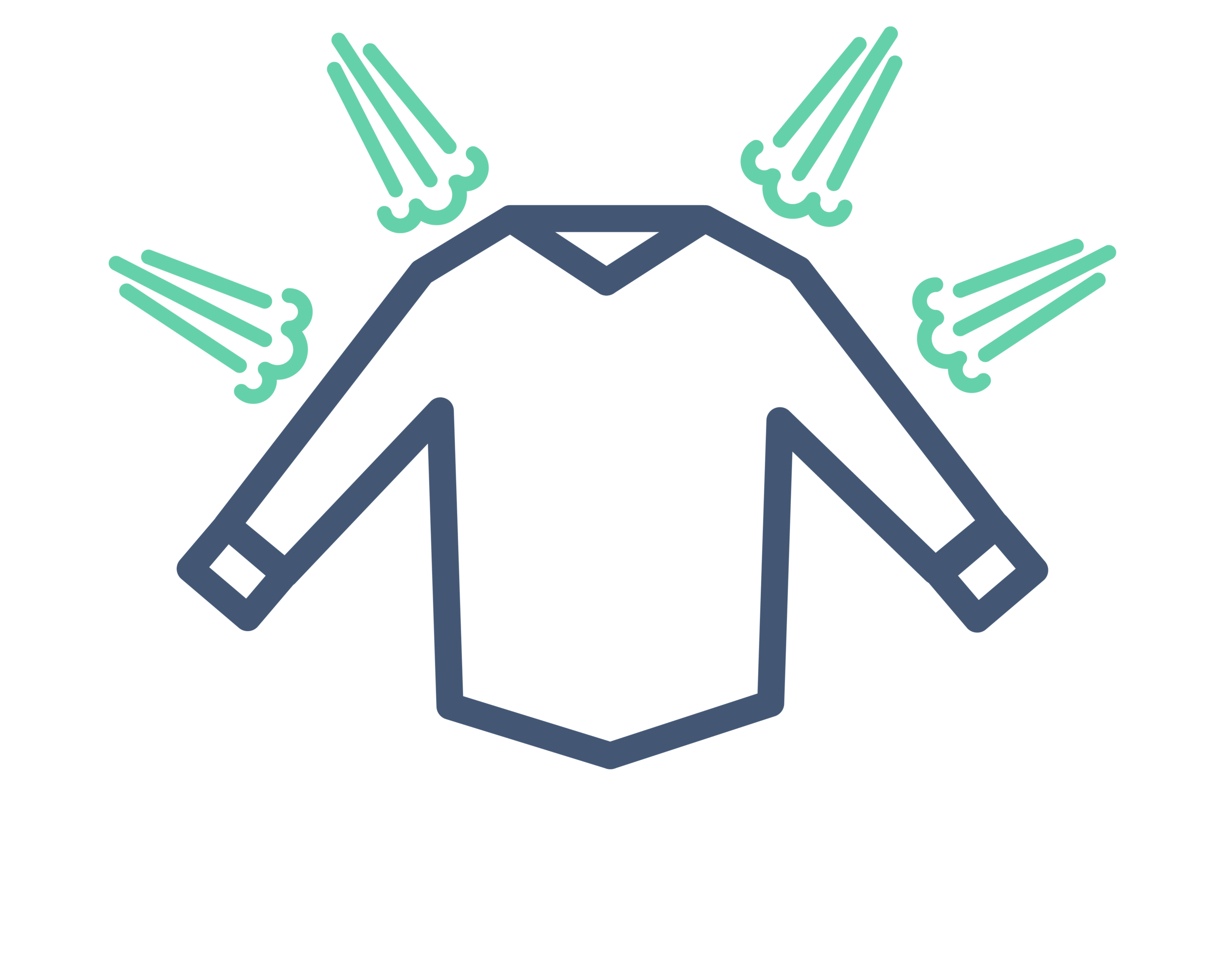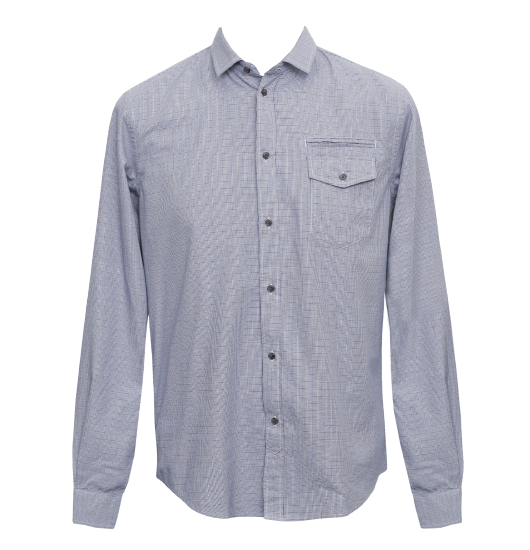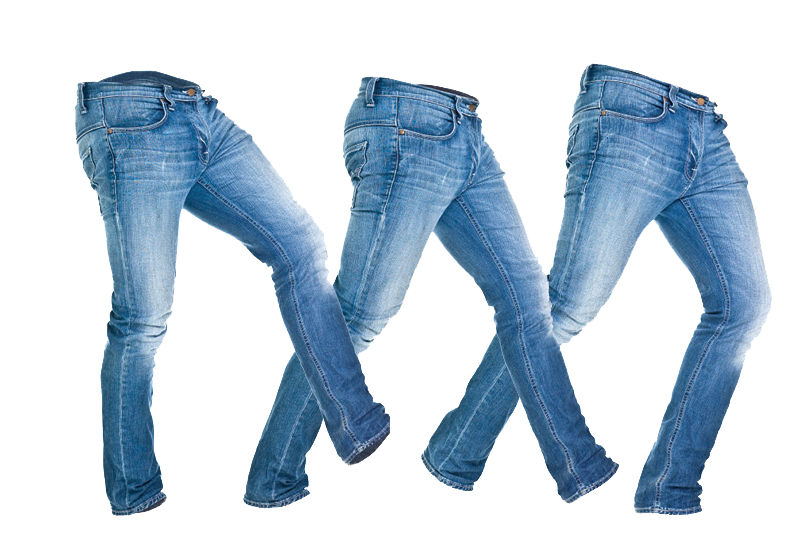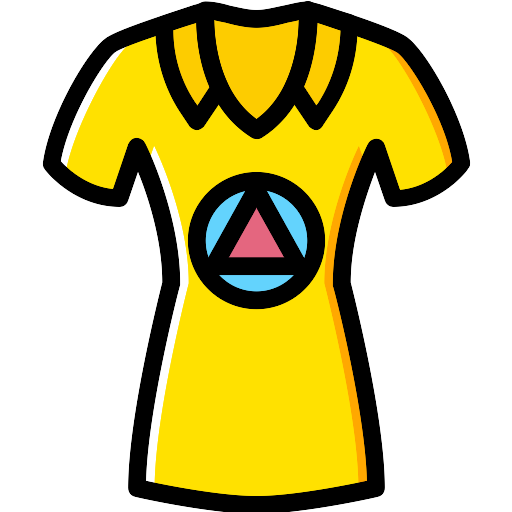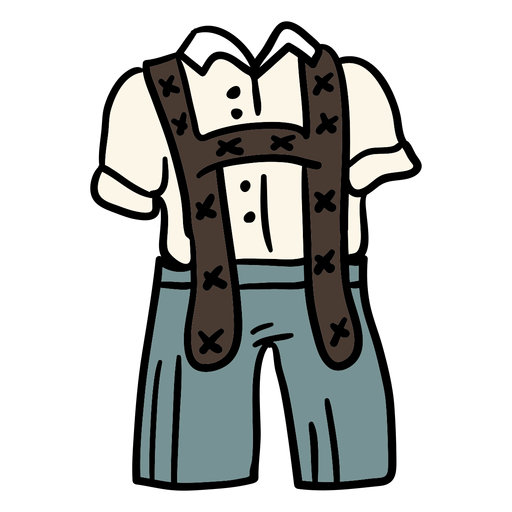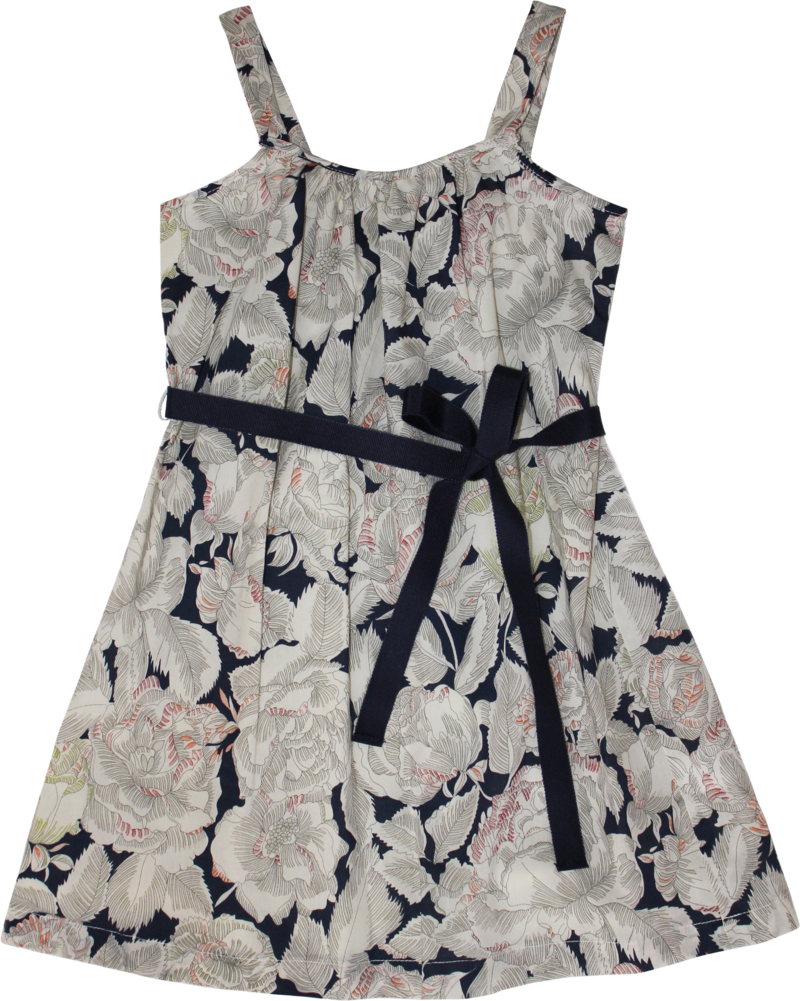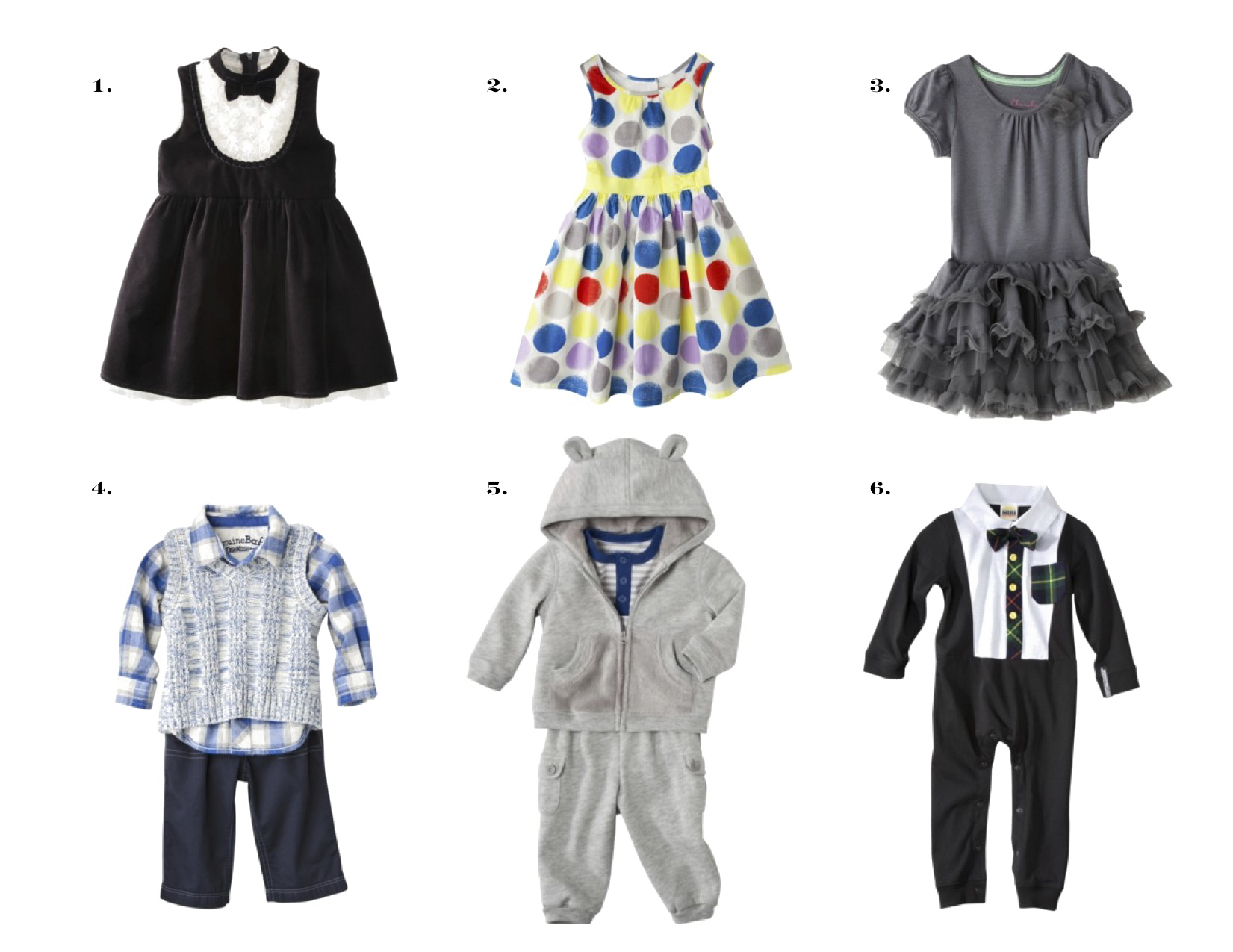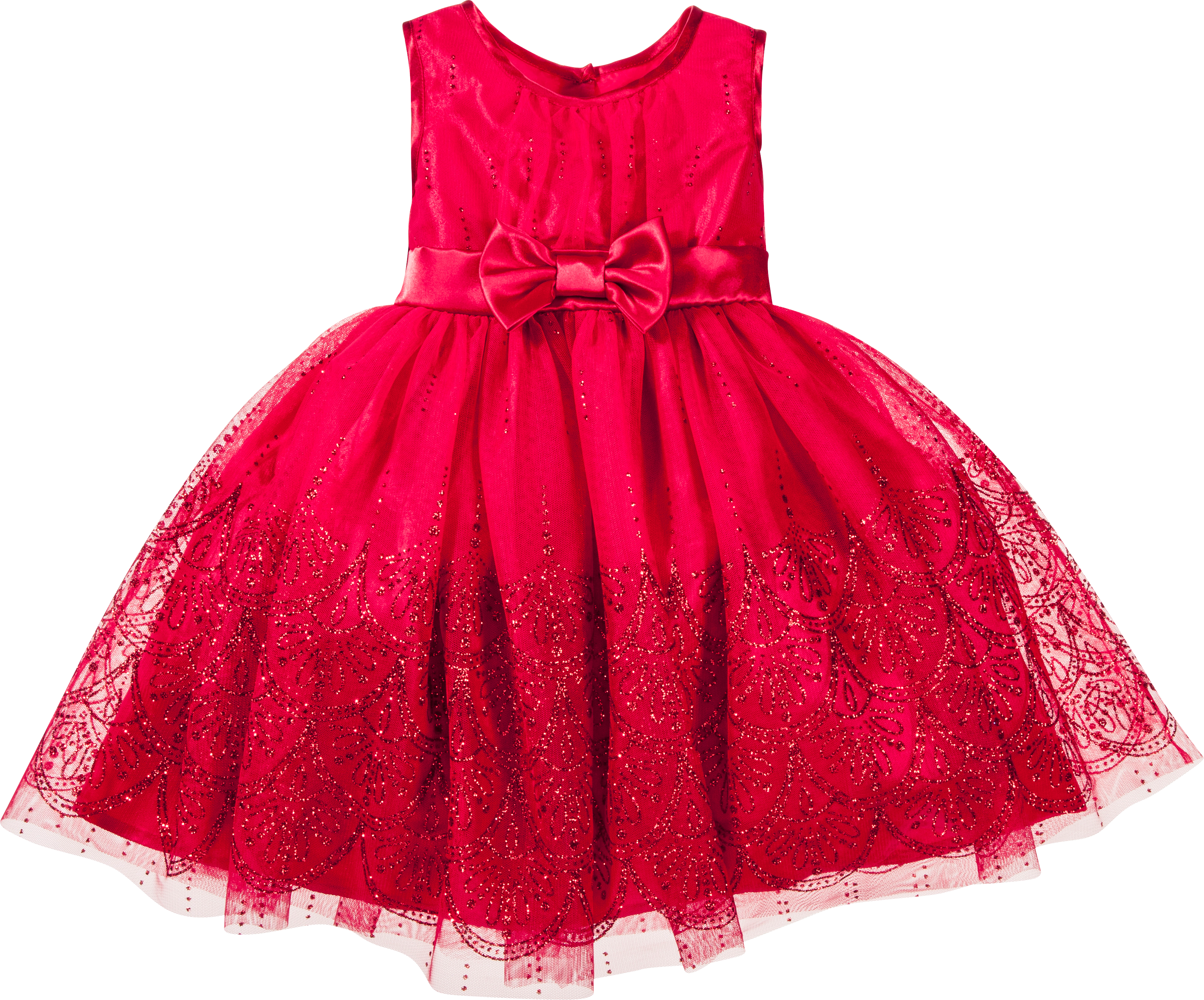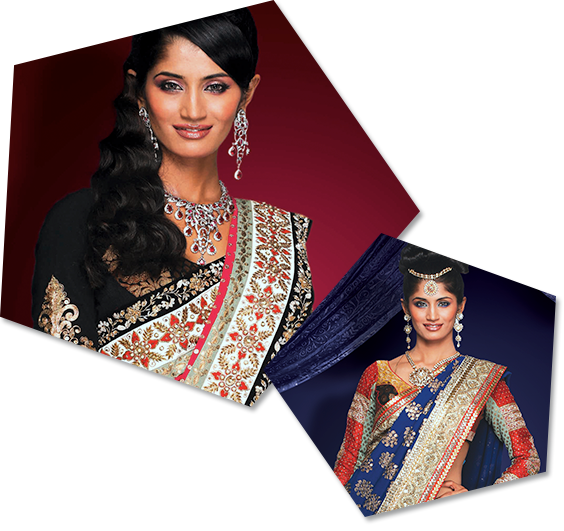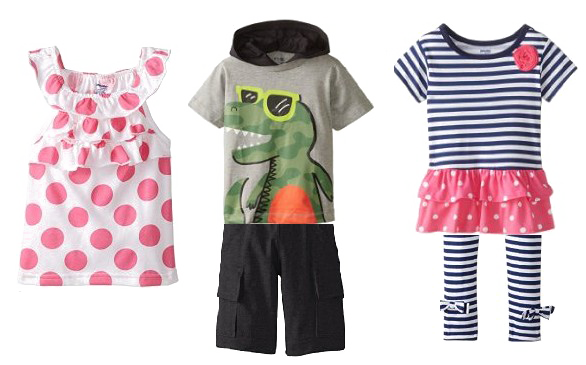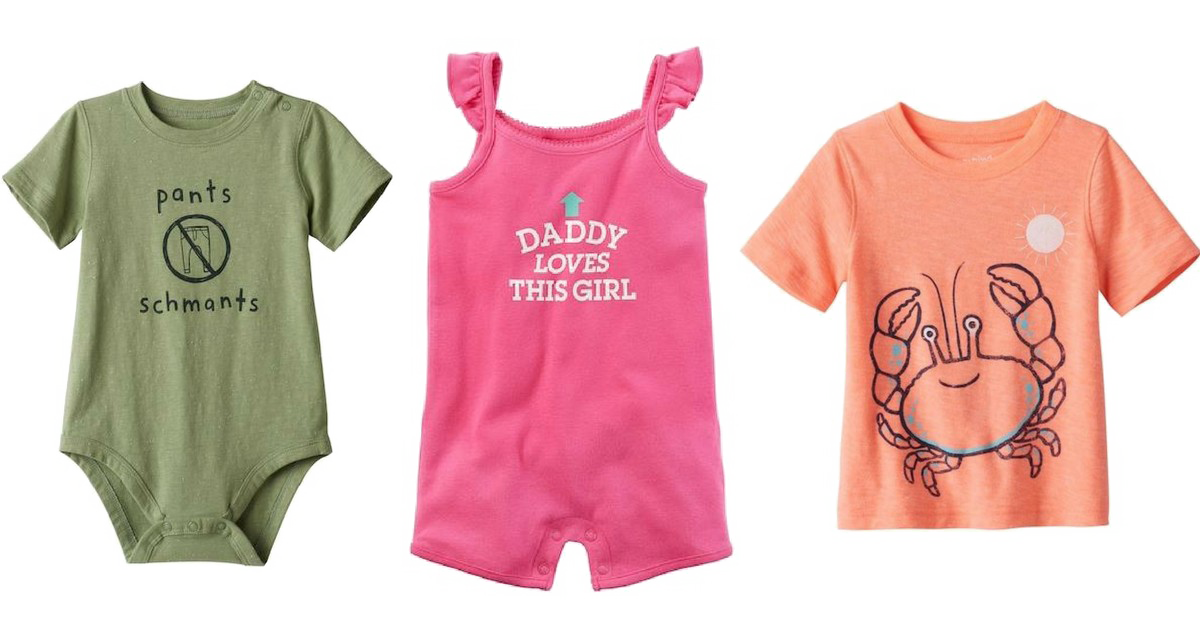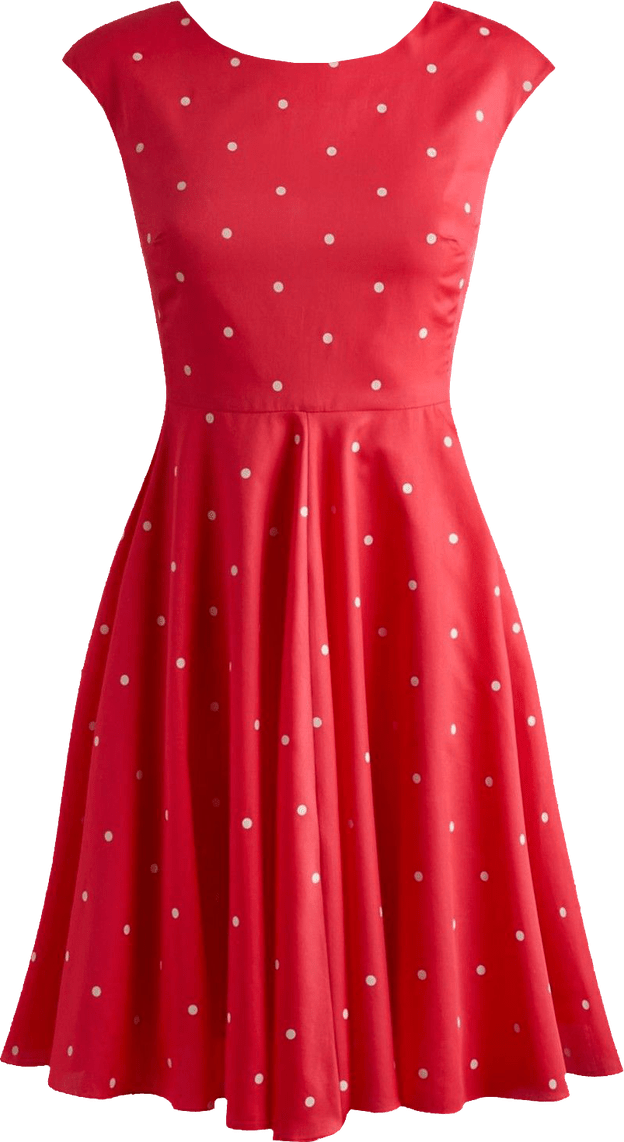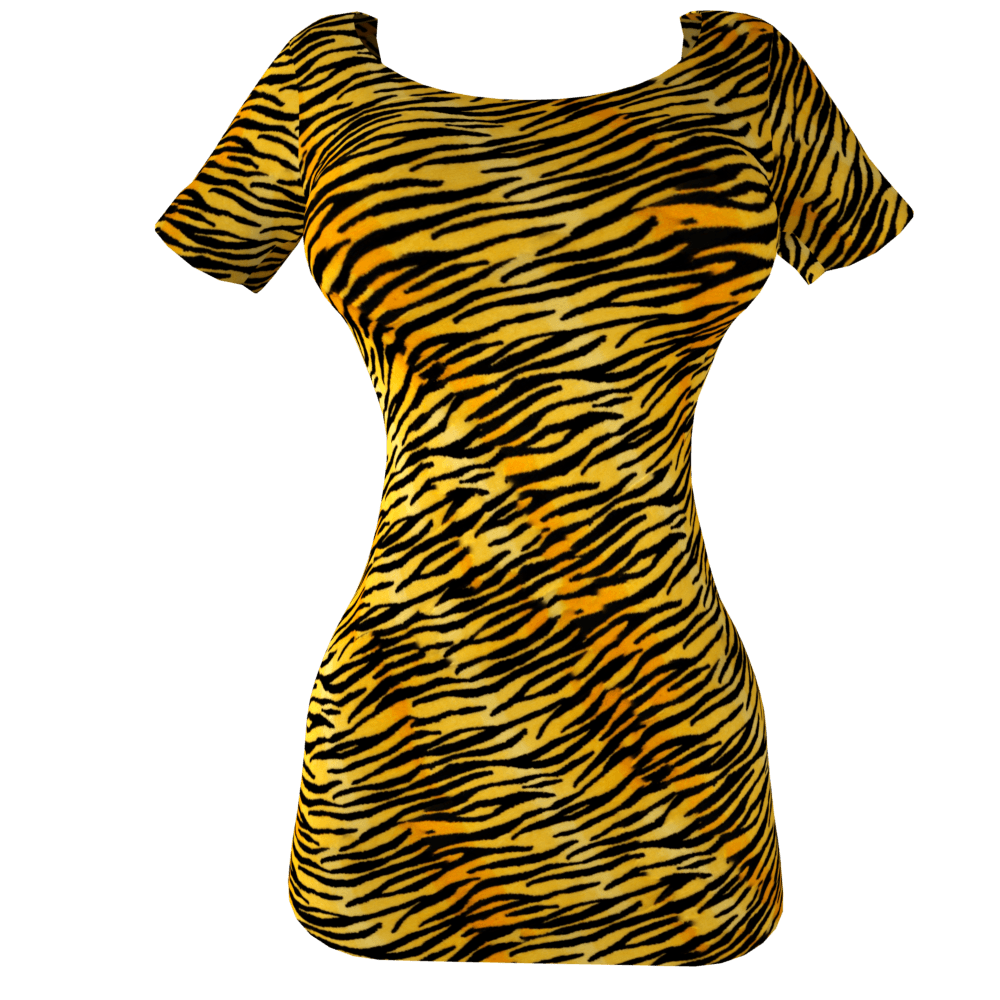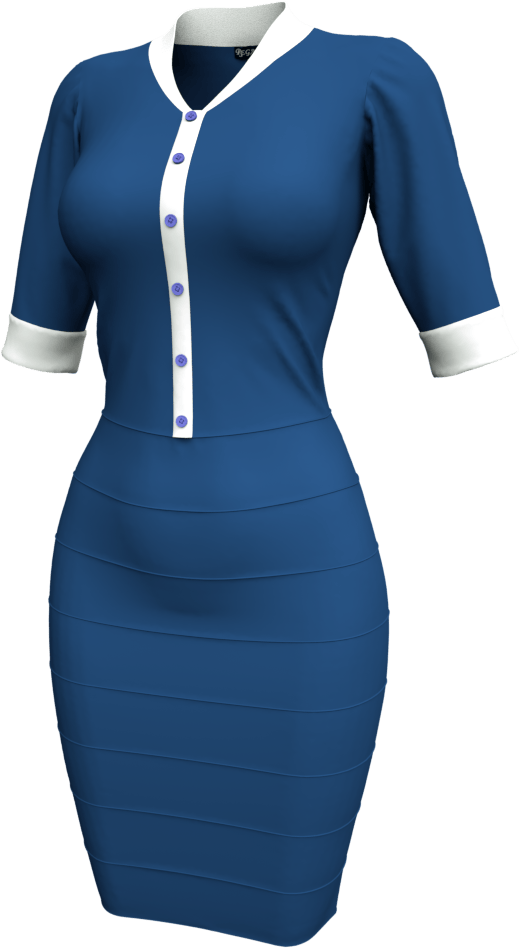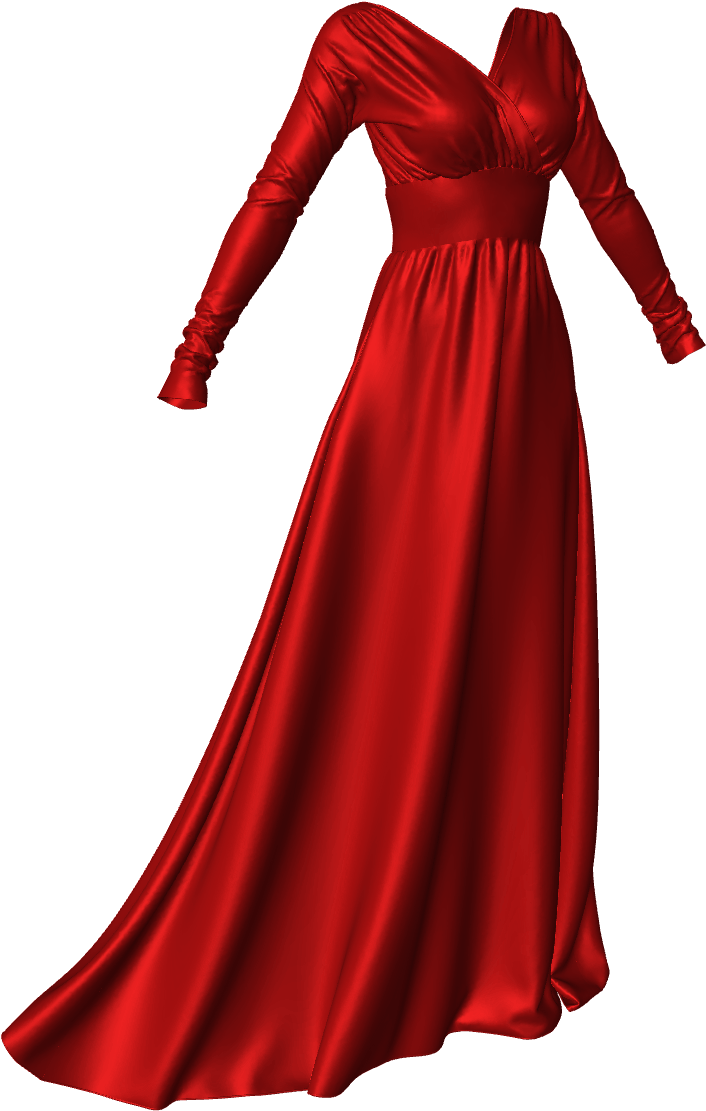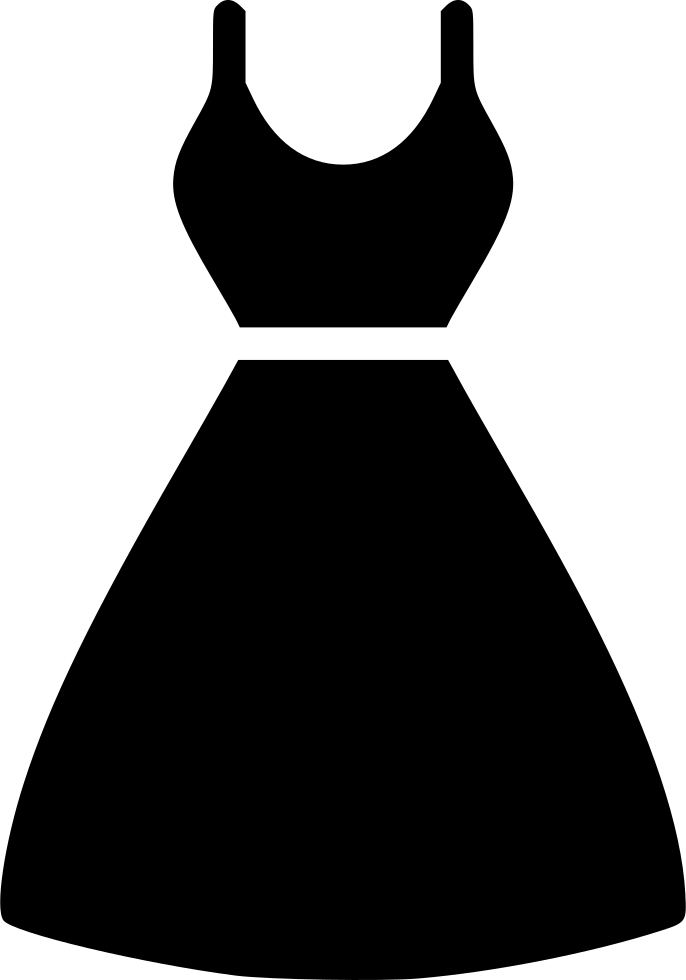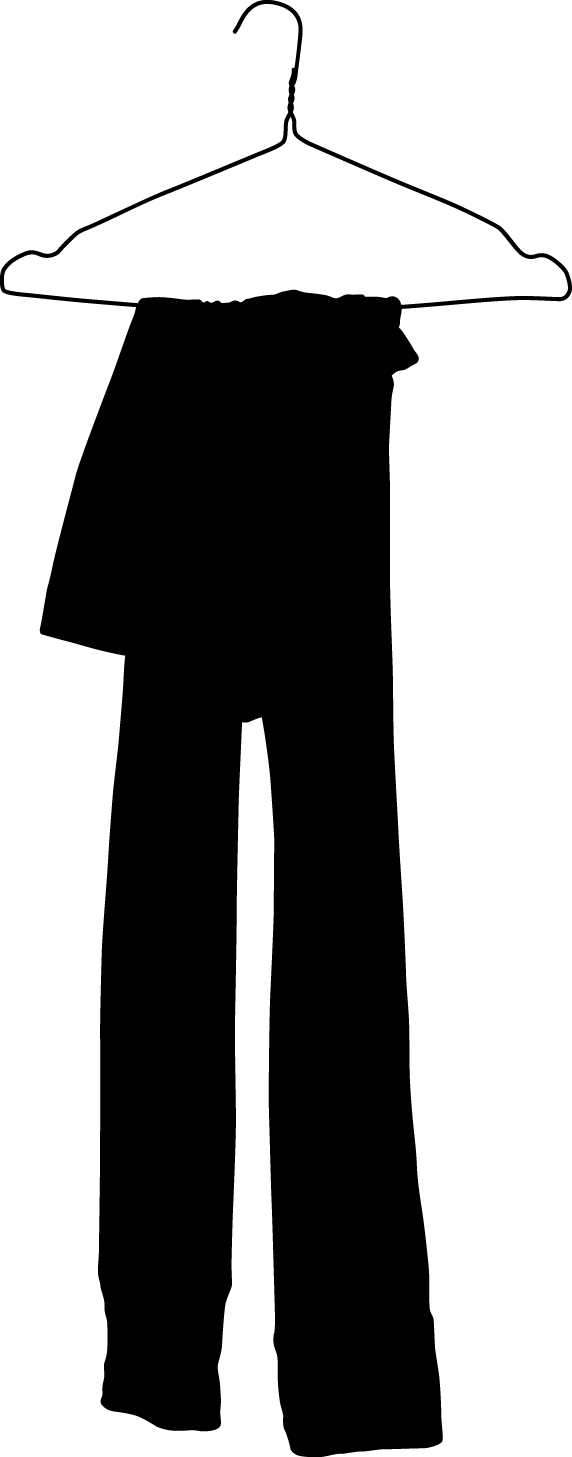Download top and best high-quality free Garment PNG Transparent Images backgrounds available in various sizes. To view the full PNG size resolution click on any of the below image thumbnail.
License Info: Creative Commons 4.0 BY-NC
Clothing is something that is worn on the body. Clothing is often constructed of fabrics or textiles, but it has also included garments created from animal skin and other thin sheets of materials and natural goods present in the environment, which have been stitched together through time. Clothing is a component of all human cultures and is primarily confined to human beings. Gender, body shape, societal influences, and regional considerations all influence the amount and style of clothes worn.
Clothing provides a barrier between the skin and the environment, offering protection from the weather, rough surfaces, sharp stones, rash-causing plants, bug bites, splinters, thorns, and prickles. Clothing may offer insulation from the cold or heat, as well as act as a sanitary barrier, keeping contagious and hazardous items away from the body. It can protect your feet from damage and discomfort while also allowing you to navigate in a variety of conditions. Clothing also shields you from the sun’s harmful rays. In severe conditions, such as brimmed hats, it can be utilized to reduce glare or improve visual acuity. In specialized jobs and vocations, sports, and combat, clothing is worn to defend against damage. Clothing with pockets, belts, or loops can be used to carry items while freeing up one’s hands.
Clothing has a lot of societal implications. Clothing is a societal norm that is subject to change. It could imply modesty. It might be humiliating to be stripped of your clothes in front of others. In many places of the globe, not wearing clothing in public that exposes one’s genitals, breasts, or buttocks is deemed indecent exposure. The most common cross-cultural and climate-independent minimum is pubic area or genital covered, showing that social convention is the foundation of traditions. Clothing may also be used to express social standing, affluence, group affiliation, and individualism.
Some human societies, such as the peoples of the Arctic Circle, have historically dressed fully in furs and skins that have been prepared and ornamented. Cloth, woven, knitted, or twined from different animal and vegetable fibers such as wool, linen, cotton, silk, hemp, and ramie, complemented or replaced leather and skins in other cultures.
Although modern customers may take garment manufacture for granted, hand-woven fabric is a time-consuming and labor-intensive process that involves fiber creation, spinning, and weaving. During the Industrial Revolution, the textile sector was the first to be automated, with the invention of the powered loom.
Different civilizations have developed their own methods for making clothing out of fabric. The material may be draped in a variety of ways. The dhoti for men and the sari for women on the Indian subcontinent, the Scottish kilt, and the Javanese sarong are just a few examples of clothes made with rectangles of cloth wrapped to fit. The garments can be knotted (dhoti and sari) or pins or belts can be used to keep them in place (kilt and sarong). The fabric is left uncut, so it may be worn by persons of all sizes.
Another option is to use a sewing machine or hand to measure, cut, and stitch the fabric. Clothing can be made using a sewing pattern and tailored to the wearer’s specifications. To manufacture form-fitting garments, a sewing mannequin or dress form is employed. If the fabric is pricey, the tailor will try to employ every inch of the rectangle in the construction of the garment, such as cutting triangular portions from one corner and inserting them as gussets elsewhere. This is how traditional European shirts and chemises are designed. Patchwork wallets, caps, jackets, and skirts may all be made using these scraps.
Modern European fashion is far less cautious when it comes to fabric, often cutting in such a way that odd-shaped material scraps are left behind. These are sold as trash by industrial sewing operations; household sewers can use them to make quilts.
Humans have produced an amazing variety of styles across thousands of years, many of which have been recreated from surviving clothes, pictures, paintings, mosaics, and other artifacts, as well as written accounts. Current fashion designers, as well as costumiers for plays, films, television, and historical reenactment, might be inspired by costume history.
Download Garment PNG images transparent gallery.
- Fashion Garment PNG Image HD
Resolution: 512 × 512
Size: 21 KB
Image Format: .png
Download
- Fashion Garment No Background
Resolution: 630 × 387
Size: 378 KB
Image Format: .png
Download
- Garment
Resolution: 600 × 564
Size: 46 KB
Image Format: .png
Download
- Garment PNG Images HD
Resolution: 1003 × 305
Size: 491 KB
Image Format: .png
Download
- Fashion Garment PNG Images HD
Resolution: 512 × 512
Size: 29 KB
Image Format: .png
Download
- Fashion Garment PNG
Resolution: 1553 × 1000
Size: 239 KB
Image Format: .png
Download
- Fashion Garment PNG Pic
Resolution: 900 × 900
Size: 963 KB
Image Format: .png
Download
- Garment PNG Free Image
Resolution: 512 × 512
Size: 129 KB
Image Format: .png
Download
- Clothing Garment PNG Pic
Resolution: 1137 × 1768
Size: 3068 KB
Image Format: .png
Download
- Fashion Garment PNG File
Resolution: 836 × 1024
Size: 566 KB
Image Format: .png
Download
- Garment PNG Image File
Resolution: 2411 × 1831
Size: 447 KB
Image Format: .png
Download
- Garment Background PNG
Resolution: 512 × 512
Size: 39 KB
Image Format: .png
Download
- Fashion Garment PNG Image
Resolution: 800 × 800
Size: 714 KB
Image Format: .png
Download
- Garment PNG Pic
Resolution: 512 × 512
Size: 23 KB
Image Format: .png
Download
- Garment PNG File
Resolution: 798 × 991
Size: 646 KB
Image Format: .png
Download
- Fashion Garment PNG Photo
Resolution: 512 × 512
Size: 74 KB
Image Format: .png
Download
- Garment PNG Image
Resolution: 2500 × 2000
Size: 148 KB
Image Format: .png
Download
- Fashion Garment PNG Cutout
Resolution: 990 × 990
Size: 364 KB
Image Format: .png
Download
- Garment PNG Photo
Resolution: 530 × 550
Size: 333 KB
Image Format: .png
Download
- Garment PNG Cutout
Resolution: 793 × 548
Size: 437 KB
Image Format: .png
Download
- Garment PNG Photos
Resolution: 640 × 1280
Size: 99 KB
Image Format: .png
Download
- Garment Transparent
Resolution: 512 × 512
Size: 10 KB
Image Format: .png
Download
- Garment PNG Clipart
Resolution: 512 × 512
Size: 32 KB
Image Format: .png
Download
- Fashion Garment PNG Images
Resolution: 512 × 512
Size: 85 KB
Image Format: .png
Download
- Fashion Garment
Resolution: 800 × 1001
Size: 1144 KB
Image Format: .png
Download
- Fashion Garment PNG Photos
Resolution: 1651 × 1275
Size: 1106 KB
Image Format: .png
Download
- Garment PNG
Resolution: 3425 × 2844
Size: 11504 KB
Image Format: .png
Download
- Clothing Garment
Resolution: 564 × 531
Size: 408 KB
Image Format: .png
Download
- Clothing Garment PNG
Resolution: 553 × 689
Size: 549 KB
Image Format: .png
Download
- Garment PNG Picture
Resolution: 586 × 365
Size: 254 KB
Image Format: .png
Download
- Garment PNG HD Image
Resolution: 1200 × 633
Size: 640 KB
Image Format: .png
Download
- Garment PNG Image HD
Resolution: 624 × 1142
Size: 226 KB
Image Format: .png
Download
- Garment No Background
Resolution: 1000 × 1000
Size: 269 KB
Image Format: .png
Download
- Fashion Garment Transparent
Resolution: 519 × 948
Size: 150 KB
Image Format: .png
Download
- Fashion Garment PNG Clipart
Resolution: 706 × 1111
Size: 334 KB
Image Format: .png
Download
- Fashion Garment PNG Picture
Resolution: 686 × 980
Size: 27 KB
Image Format: .png
Download
- Fashion Garment PNG HD Image
Resolution: 572 × 1457
Size: 18 KB
Image Format: .png
Download
